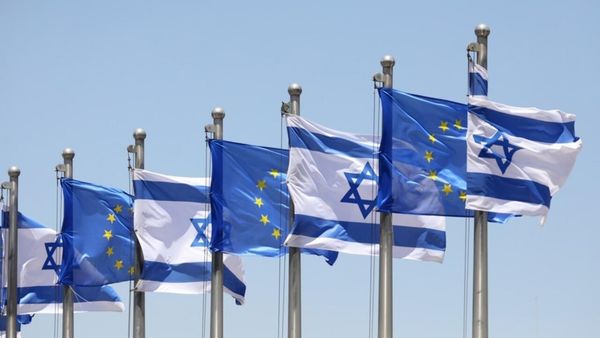
For a whole host of reasons, the start of secondary school marked a pause in my love of video games.
I’d spent my childhood playing grungy classics like Crazy Taxi and Tony Hawk’s Underground. But on the cusp of puberty and thrust into a group of new personalities - most of which were much bigger and louder than mine - I did what most kids do at that difficult age and adjusted my interests according to my friend group.
Had Splatoon, Nintendo’s raucous day-glo shooter, been around back then, it probably would’ve been a different story.
I’d always been a tomboy. My mum’s frustration at me for refusing to wear dresses was a regular occurrence on our shopping trips, but heading into high school, I realised that the genderless oasis of childhood was coming to an end.
From the cringeworthy sex education classes that warned I’d be a woman soon to the vicious rejection of girls who didn’t fit a certain mould, I knew I had to start acting differently in order to make friends. Games weren’t cool, especially for girls, and they were the first in a long line of interests I had to drop from my life for the following five years.
If you were a teenager in noughties you were probably slotted into one of two dismissive stereotypes; the “emo” or the “chav”. You either listened to Linkin Park or R Kelly; you wore Converse or Nikes; you drank snakebites or WKDs.
Naturally, I followed my black heart to the sound of Green Day, and stepped out daily in worn pink Cons, black skinny jeans and a black and white striped hoodie. I swiped thick black liner over my eyes and heavily backcombed my blonde-streaked hair in the vain hope that I’d look like Kiki Kannibal.
Years later, Splatoon takes the MySpace scene kid aesthetic and perfects it. The core colour combination of black and neon, the slightly feminine, Pete Wentz-esque look to Inkling Boy and the brooding back alley dealer who resembles the older brother everyone knew, who charged a pound per cigarette and a fiver per booze run.
Splatoon – or, more specifically, Inkling Girl – is everything I wanted to be, and probably thought I was, as a teen; punky, offbeat and effortlessly cool (ignoring, of course, the CITV-style references to “fresh”).
The sense of style in Splatoon, and the importance placed on it, takes the precious ideal of image that teens hold and makes it an integral part of the game. Being able to walk past an Inkling, spot their unusual hat and “steal” it by ordering it through the back alley dealer, evokes that strange combination of jealousy and awe that defined most of my teenage interactions.
But specifically, the fashion itself strikes that delicate early millennial balance between all out goth and wasted skater dudes with muted blacks and greys highlighted by bright purples, greens and pinks.
Splatoon’s ability to repurpose the entire identity of my teenage years in a way that makes sense in its strange little universe is what makes me so sure that it would’ve retained my interest in games.
With its pop-punk soundtrack, it brings to mind all the bands I used to listen to from Sum-41 to Blink-182, while the industrial environments perfectly mirror the skateparks where I’d slouch about drinking warm Smirnoff Ice.
Everything about Splatoon screams of the skater/punk crossover that defined that era and it’s this recognition and mirroring of my identity that would’ve made Splatoon the perfect game for my moody teenage self.
In the same way as my friends and I gossiped about Big Brother and other terrible TV shows, I can see us having poured over the new content in Splatoon. We could have been discussing our favourite maps in the same way we actually discussed our favourite contestants. We should have been playfully arguing over the best weapons. The Carbon Roller or the Custom Dual Squelcher? Bluefin Depot or Kelp Dome? Bread or Rice?
Games, like music, can help define who we are – it’s just that sometimes the absolutely perfect expression of ourselves arrives too soon. Or worse, too late. Splatoon may not have been a lasting game for me; it might have been as much of a fad as all those “undiscovered” MySpace bands. But it is undoubtedly a game that would’ve been considered cool.
Its sense of fashion, and even the ability to share limited messages in game and stumble across the occasional weird masterpiece, all tie into the key values that defined the post-grunge era and its emerging laboratory of social media.
For all that, I would have truly treasured it.







